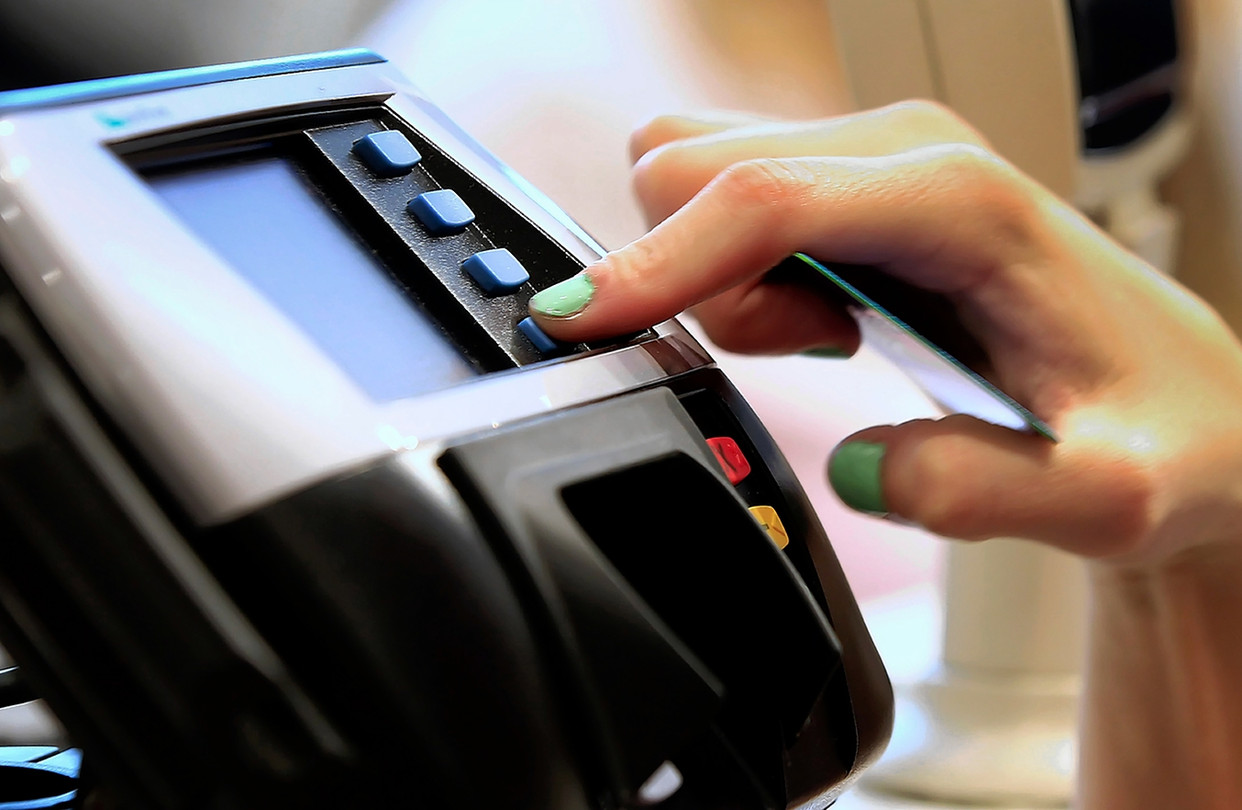In the modern financial world, a credit card is more than just a plastic rectangle tucked into your wallet — it’s a powerful financial tool that, when used wisely, can simplify spending, build credit history, and even reward you for your purchases. Yet, many people either misuse or underutilize credit cards due to a lack of understanding. In this article, we’ll explore how to use a credit card properly and why most of your purchases should be made using it.
Understanding How a Credit Card Works
A credit card allows you to borrow money from a bank or financial institution up to a certain limit to purchase goods or services. At the end of each billing cycle — typically monthly — you’re sent a statement showing all your charges. If you pay the entire balance by the due date, you avoid interest. If you carry a balance, you’ll owe interest on the amount remaining.
The key lies in responsible usage. A credit card is not “free money.” It’s a short-term loan that must be repaid — ideally, in full — each month.
Step-by-Step: How to Use a Credit Card Properly
1. Choose the Right Credit Card
Different credit cards serve different purposes. Some are designed for rewards (cashback, travel points), others for low-interest rates or building credit. Choose one that aligns with your financial goals and spending habits.
2. Understand Your Credit Limit
Your credit limit is the maximum amount you can borrow. Keeping your usage below 30% of this limit (known as credit utilization) helps maintain a healthy credit score. For instance, if your limit is $1,000, try not to carry more than $300 in charges at a time.
3. Make Payments On Time
This is the most crucial rule. Always pay your bill on or before the due date. Even one late payment can hurt your credit score and result in late fees and increased interest rates.
4. Pay the Full Balance
To avoid interest charges, pay the statement balance in full each month. Carrying a balance means you’ll accrue interest, which can grow quickly and become debt if unmanaged.
5. Review Statements Regularly
Keep track of your charges and verify them against receipts. This helps detect fraud early and ensures you’re within your budget.
6. Don’t Use It for Cash Advances
Credit cards can be used to withdraw cash from ATMs, but this comes with high fees and immediate interest charges. Avoid this unless it’s an emergency.
Why Most Purchases Should Be Made With a Credit Card
1. Build and Improve Your Credit Score
Every responsible swipe helps build your credit history. Timely payments and low credit utilization boost your credit score, which is vital for securing loans, mortgages, and even job opportunities. Using your card for regular purchases like groceries, fuel, or subscriptions — and paying off the balance monthly — is a great strategy.
2. Fraud Protection
Credit cards offer better protection against fraud compared to debit cards. If your card is stolen or used for unauthorized transactions, you’re usually not liable for the charges as long as you report it promptly. Debit card fraud, by contrast, can mean lost funds and slower reimbursements.
3. Rewards and Cashback
Most credit cards offer incentives like cashback, airline miles, or points for every dollar spent. By using your card for regular purchases, you essentially earn while spending. Over time, these rewards can add up to significant value — from free flights to gift cards or even cash in hand.
4. Purchase Protection
Many credit cards come with purchase protection, which can cover lost, stolen, or damaged items bought with the card. Some even extend manufacturer warranties, giving you extra peace of mind on electronics and appliances.
5. Easier Budgeting and Tracking
Credit cards automatically categorize spending and generate monthly statements. This makes it easier to track expenses, budget more effectively, and identify areas where you might cut back.
6. Emergency Cushion
In an unexpected situation — car repairs, medical emergencies, or urgent travel — a credit card can serve as a temporary safety net. It gives you time to manage cash flow while maintaining access to essential services.
What Not to Put on a Credit Card
Despite the benefits, not all purchases are ideal for credit cards. Avoid using them for:
-
Large purchases you can’t pay off quickly
-
Gambling or cash advances
-
Services with high transaction fees (like rent, unless your rewards outweigh the cost)
Discipline is key. A credit card is best used for planned, budgeted purchases that you can afford to pay off within the month.
Common Mistakes to Avoid
-
Only paying the minimum: This leads to long-term debt and high interest.
-
Maxing out your card: High utilization negatively impacts your credit score.
-
Ignoring due dates: Late fees and credit score dips can follow.
-
Chasing rewards recklessly: Don’t overspend just to earn points. The interest may outweigh the benefits.
Conclusion
Used wisely, a credit card can be one of your most effective financial tools. It offers convenience, protection, rewards, and credit-building opportunities that cash or debit simply can’t match. The key is to use it with discipline — pay on time, stay within budget, and treat the card as a strategic financial instrument rather than a gateway to instant gratification.



